Physical principles
Photo: RRS powder does not dissolve in a glass of water.
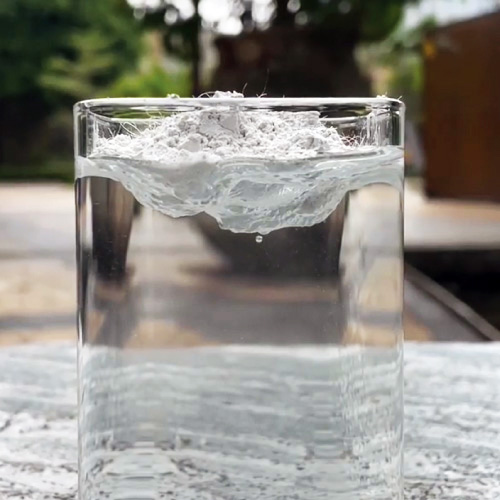
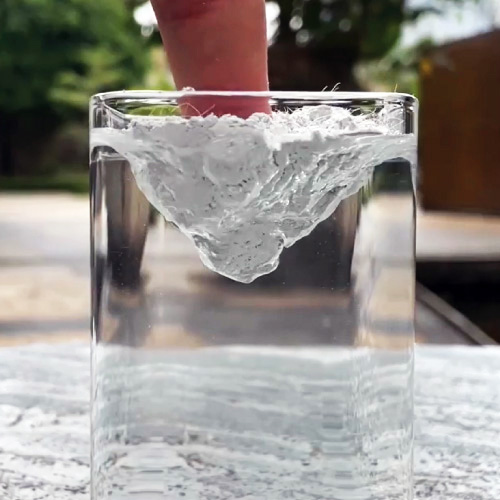
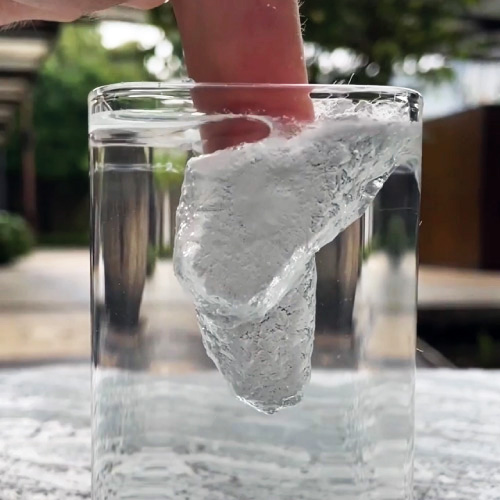
The functionality of RRS plaster and screed is based on physical principles (IZONIL technology). RRS plaster and screed are water resistant throughout their thickness while remaining extremely breathable with open pores. RRS plaster and screed can be used without an additional waterproof membrane.
Conventional waterproofing materials (paint, membrane, sealant, coating) use technology based on chemical principles. During the application of chemical waterproofing material, a thin synthetic film is created on the surface of the plastered wall. Moisture inside the wall starts damaging the film soon, and the waterproof membrane delaminates.
Water resistance
Photo: Normal plaster on the left, RRS plaster on the right.
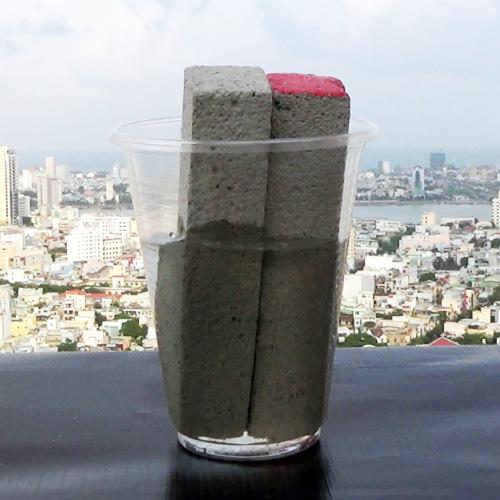
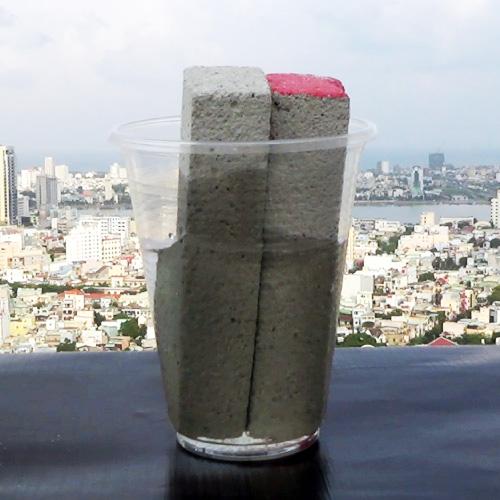
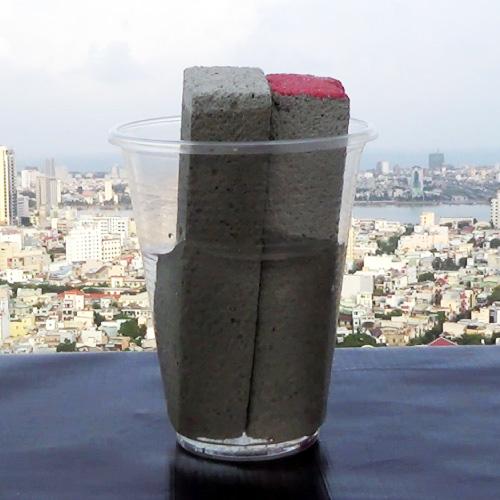
RRS plaster and screed are water resistant throughout their applied thickness. Maximum water penetration is 1 mm when RRS plaster and screed is exposed to rain conditions (exterior wall, roof), bathroom conditions, and negative side conditions (when applied on the internal side of the wall if there is no access to the external side of the wall). Maximum water penetration of 1 mm is designed to enhance the adhesion of other finishing materials to RRS plaster and screed.
Breathability
Photo: Device demonstrating the breathability of RRS plaster.
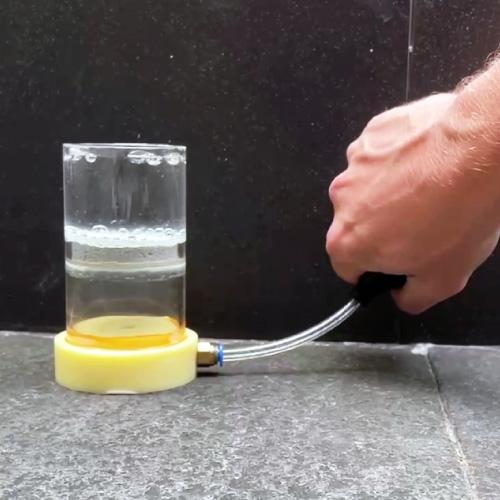
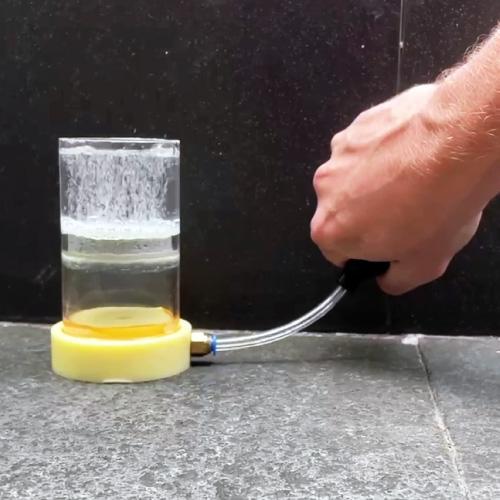
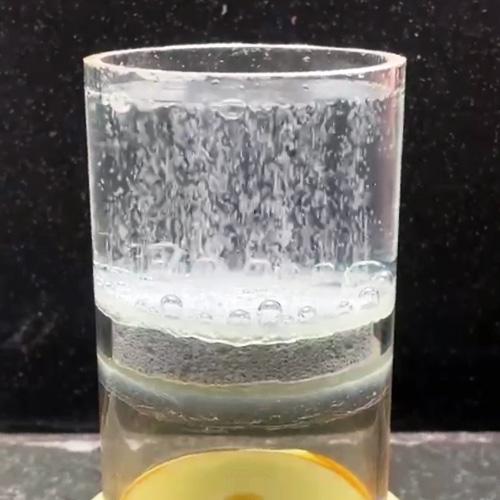
RRS plaster and screed are porous and extremely breathable. Moisture inside the wall can evaporate outside through the layer of RRS plaster and screed in the form of water vapor. RRS plaster and screed can continuously dry out the moisture from the walls while remaining permanently dry.
Durability
Photo: Catacombs renovated with IZONIL plaster in 2000.
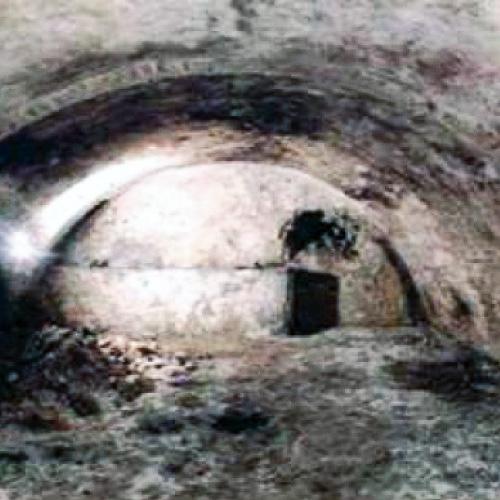
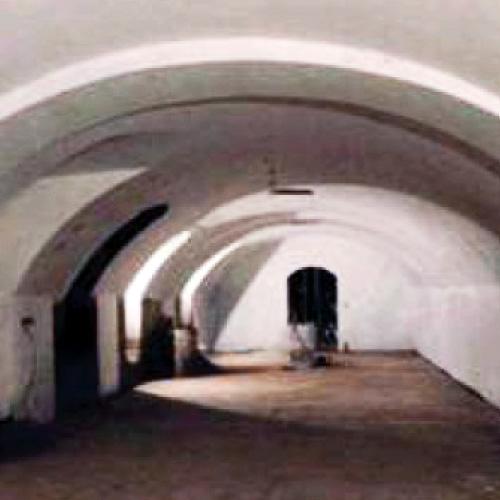
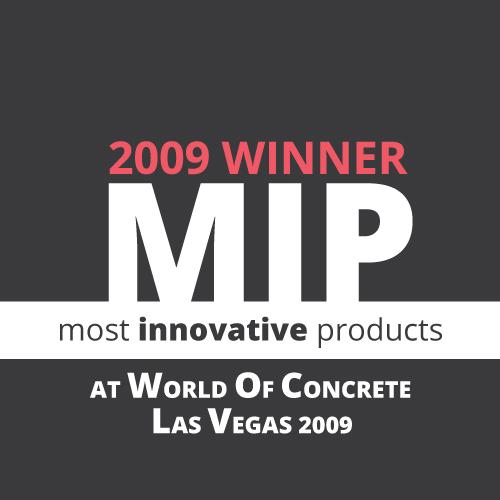
RRS originates from IZONIL plaster, which we have been manufacturing since 2000 in Europe. IZONIL plaster is an industrially premixed instant product, while RRS is a version for conventional plaster mixed on site.
IZONIL plaster has been successfully used for +20 years in European conditions (Slovakia, Hungary, United Kingdom, etc.) and +10 years in tropical conditions (Vietnam, India, Singapore, etc.) with 100% functionality so far.
Nature-friendly
Photo: House plastered with IZONIL plaster in Hungary.



RRS powder is a safe, natural, and non-toxic substance. The key active ingredient of RRS was developed and is manufactured in Europe by our company, IZONIL. RRS powder does not contain any synthetic polymers or other synthetic active ingredients.
RRS plaster helps to reduce the frequent usage of synthetic waterproof paints in construction. Waterproof paints are made from plastics and need to be replaced frequently due to their short lifespan and delamination. When disposed of as construction waste, waterproof paints pollute the environment.
Easy to use
Photo: Mixing and application of RRS plaster.

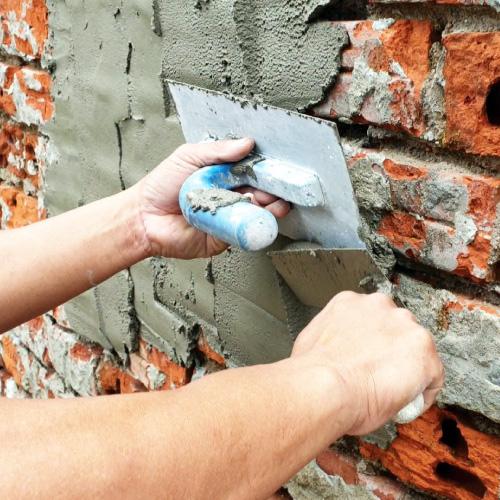

RRS plaster and screed can be mixed and applied by the same masonry workers who mix and apply normal plaster and screed. Mixing and application is a simple process using standard tools and plastering techniques.
RRS powder contains a plasticizer. It improves the workability, consistency, and adhesion of plaster and screed. Working with RRS plaster and screed is easier compared to normal plaster and screed, and there is less waste during application.
Learn more about mixing and application
Done in one step
Photo: Conventional three-step system.

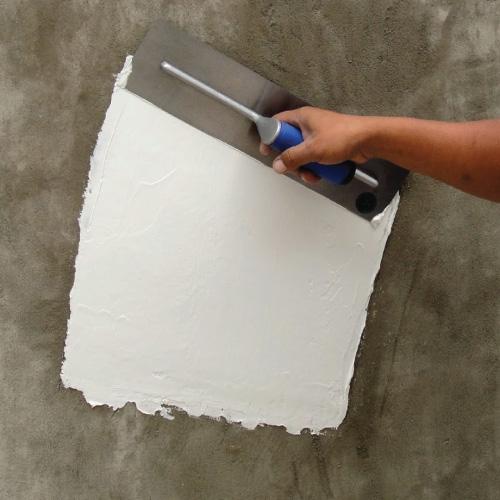

The conventional three-step system consists of 1) plaster, which is highly absorptive and requires additional waterproofing protection, 2) skim coat, which smooths the surface to reduce consumption of waterproof paint, and 3) waterproof paint, which is applied in a minimum of two layers and is the most expensive step.
RRS plaster replaces the conventional three-step system in one step. Waterproof paint is not needed anymore. The one-step system significantly reduces both material and labor costs to waterproof the external wall, internal wall, bathroom, and roof.
Contact us for a cost comparison
Problem solving
Photo: Delamination and saponification of waterproof paint and molds.
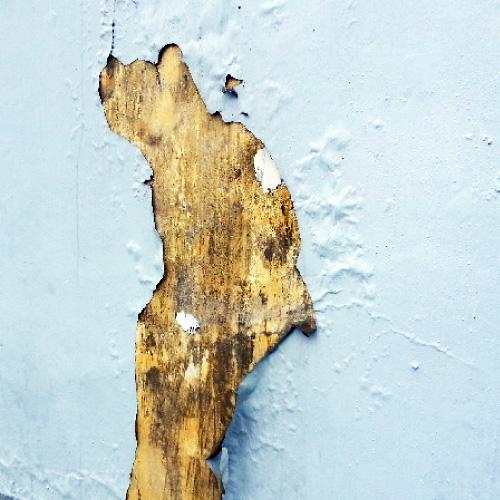
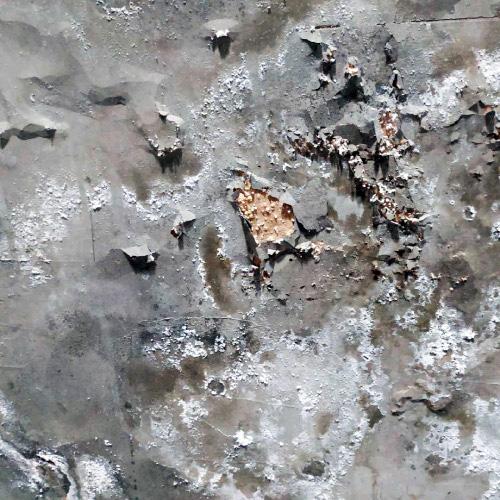

Waterproof paint is not breathable and it traps moisture inside the wall. Trapped moisture starts to damage the paint from the inside. Wet plaster speeds up the decay of paint until the point when the wall is not protected from water penetration anymore. Wet plaster (cement substrate) is incompatible with synthetic waterproof paint. It leads to a saponification process that further destroys paint from inside. Wet walls are an ideal environment for the growth of mold and fungi. Their toxic spores are dangerous when inhaled, especially for elderly people and children.
Trapped moisture, delamination of paint, saponification process, growth of molds and fungi. All this can be prevented with RRS plaster and screed, which remain permanently dry. RRS plaster and screed is an effective and long-term solution to these usual problems related to the presence of water inside the walls.